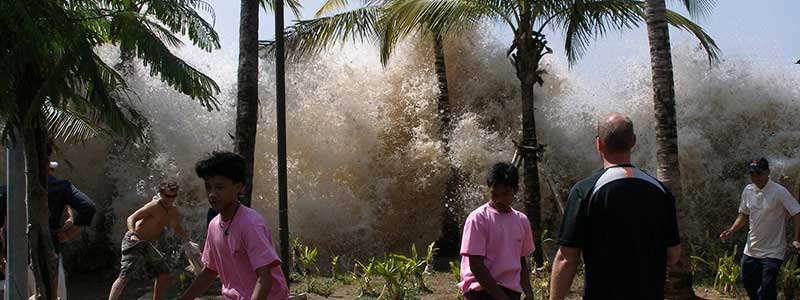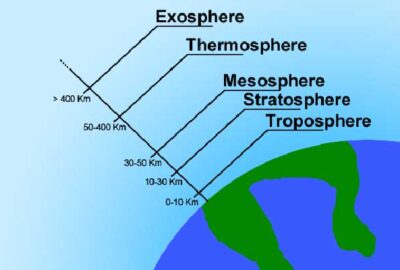The power and devastation of a tsunami can be overwhelming, and it is important to be informed about these natural disasters in order to stay safe and understand the impact they can have. In this article, “Tsunami: all you need to know,” we will explore everything you need to know about tsunamis, from how they are formed to the warning signs and safety measures you can take.
We will start by explaining what a tsunami is and how it is different from other types of ocean waves. We will then explore the causes of tsunamis, including earthquakes, volcanic eruptions, and landslides, and discuss the various warning signs that indicate a tsunami may be on its way.
In addition to learning about the science behind tsunamis, we will also provide practical tips on how to stay safe during a tsunami, such as knowing evacuation routes and emergency contacts. We will also discuss the role of technology in detecting and predicting tsunamis, and how it can help communities prepare and respond to these disasters.
By the end of this article, you will have a comprehensive understanding of tsunamis and how to protect yourself and your community in the event of one.



